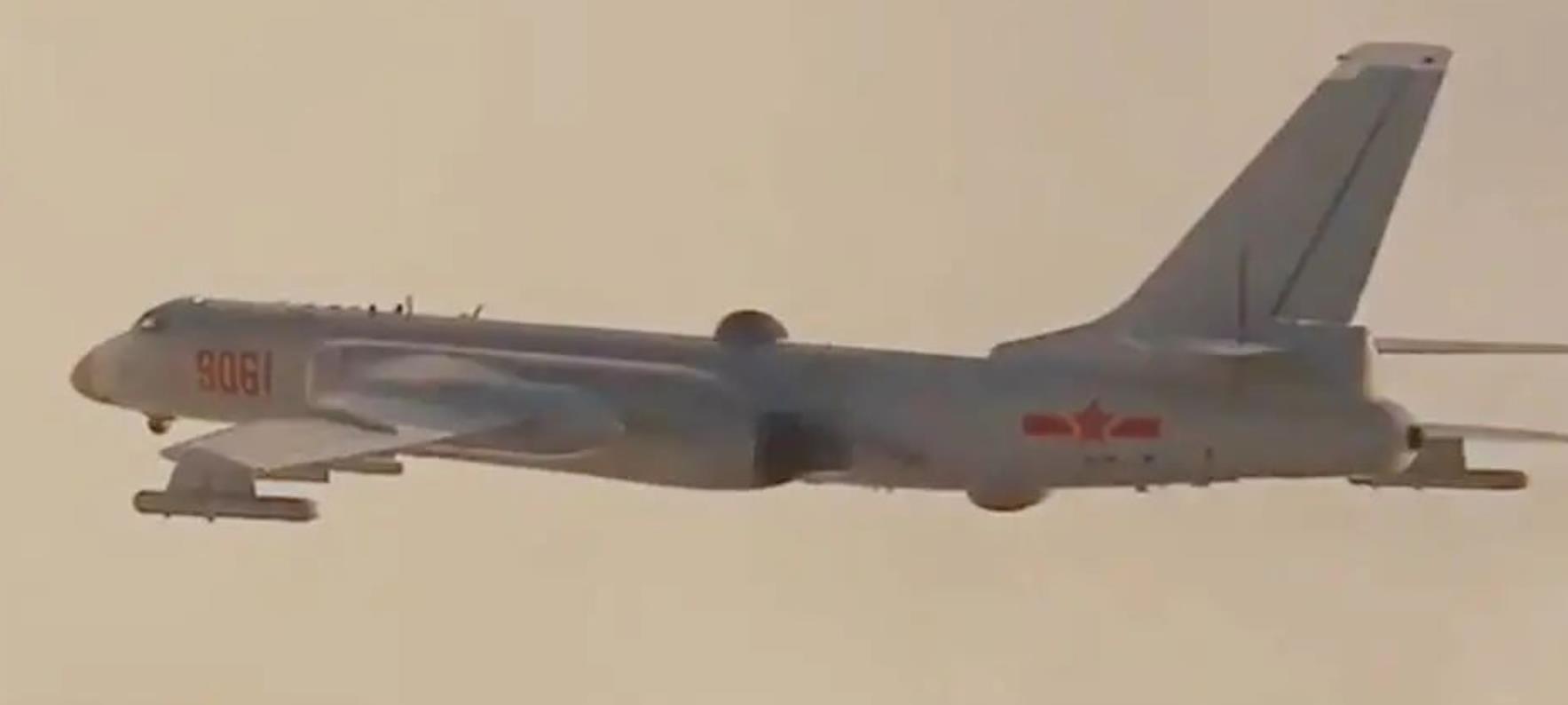A few days ago, the South China Sea artillery roared, the People's Liberation Army bombed -6J air mines, and the key details made the US military afraid tightly. According to the Global Network reported on December 6, CCTV recently released a video of the PLA's naval aviation exercise in the southern theater, including the scene of mines and aerial bombs dropped by the Navy's latest bomber, the company's latest bomber. The video shows that under the conditions of complex weather and clouds at sea, several bombers took off at night, formed formations in the air, and flew to the predetermined sea range at dawn. The bomb then hit the target near the reef. After the first wave of bombing, the bombers returned to the base, where they were thoroughly inspected, resupplied and refueled, and then took off again for a second wave of air strikes.
Regarding the exercise, Zhang Yanjie, deputy commander of the Naval Aviation Corps of the Southern Theater, said: "This training has actually dropped two types of mine bombs, effectively testing the accuracy and reliability of the weapons, and in the next step, we will combine the actual enemy situation, seek innovation in tactical tactics, and seek breakthroughs in new weapons and equipment."

It is understood that the H-6J belongs to the third generation of the H-6 bomber family, and its main performance is comparable to that of the Air Force's H-6K, but the corresponding equipment has been added according to the needs of maritime operations. A key detail of this training is that the H-6J conducted an aerial mine-laying exercise in the South China Sea.
It is reported that although the bulky mines are far less powerful aircraft carriers or nuclear submarines to be feared, it is the most headache-inducing weapon for navies. Mines have the characteristics of "easy to deploy and difficult to sweep, strong concealment effect, high destructive power and long-term threat", which can block enemy bases, ports and waterways, destroy the enemy's maritime transportation capabilities, attack or restrict the movement of enemy ships, and weaken or deplete the enemy's combat strength. According to the report of the China Maritime Research Center of the U.S. Naval War College, Chinese naval strategists have long noticed that mine warfare is the weakest link in the current U.S. military.
In fact, the U.S. Navy's anti-mine capabilities are now at an all-time low. According to the U.S. "Mass Machinery" website, a captain of a U.S. mine-sweeping ship complained that they had become a forgotten corner of the Navy. The Pentagon will feel pain even if it spends a penny on a minesweeper than on a new submarine or aircraft carrier. In addition, the US media also pointed out that due to the small number of minesweepers, the crew did not have enough opportunities to go to sea for training, and could only receive training through the computer simulation system, and the professional quality of the crew gradually declined. Some young U.S. Navy soldiers prefer to serve on destroyers, aircraft carriers and other ships, "if assigned to minesweepers, it feels like being assigned", resulting in a lack of sufficient qualified personnel in the minesweeper fleet.
It is worth mentioning that compared with professional mine laying, submarine mine laying, civilian ship mine laying and other means, the use of strategic bombers to drop mines on a large scale is the most efficient and fastest. In particular, the new generation of intelligent mines has the characteristics of high accuracy and wide control range, and strategic bombers can carry dozens of intelligent mines, and each attack can lay an extremely wide minefield. The U.S. Navy is well aware of the superiority of strategic bombers in air mine laying, however, its own anti-mine capability is at an all-time low, so the PLA dispatched bombers to bomb-6J bombers to airdrop mines in the South China Sea, and the deterrent meaning of this is naturally well known to the US Navy.
For a long time, under the banner of "freedom of navigation and overflight," the US military has frequently dispatched aircraft carriers, strategic bombers, nuclear submarines, and other advanced weapons platforms to flaunt force and stir up trouble in the South China Sea, seriously threatening regional national security and aggravating regional tensions.